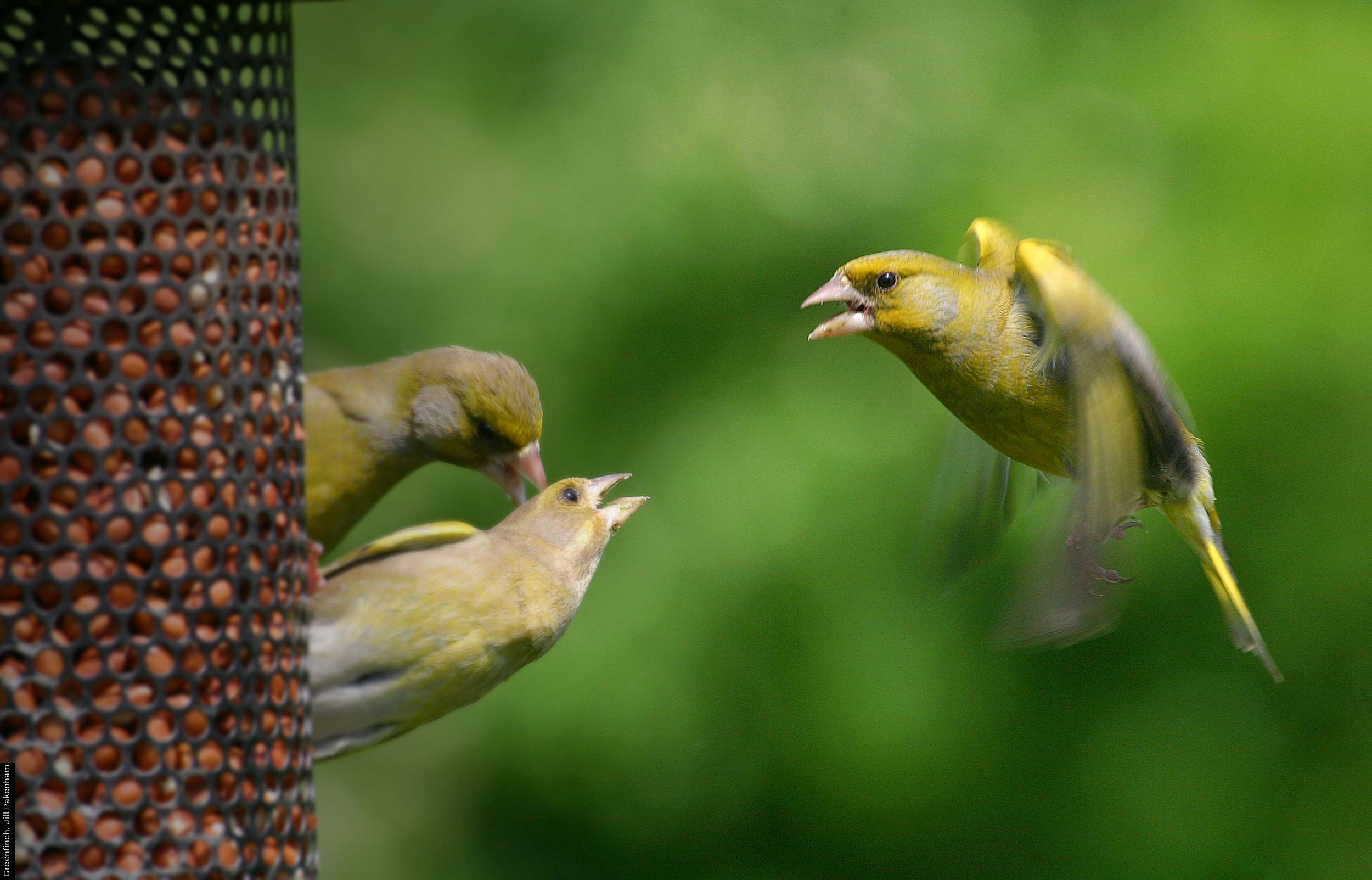Effects of the winter beechmast crop on bird occurrence in British gardens
Chamberlain, D.E., Gosler, A.G. & Glue, D.E. (2007)
Bird Study 54: 120-126
Abstract
abundant in the countryside
This study set out to test the hypothesis that woodland species that feed on beechmast will have significantly lower occurrence rates at garden feeders in mast years.Weekly winter occurrence rates at garden feeders between 1970/71 and 1999/2000 for 40 species were analysed in relation to annual beechmast abundance, classified into low, medium and high years. A repeated-measures logistic regression model was used to assess whether beechmast abundance
explained further significant variation additional to underlying seasonal and annual trends.Seven species that commonly feed on beechmast showed significantly lower occurrence in gardens in years of highest beechmast abundance: Great Spotted Woodpecker Dendrocopos major,Woodpigeon Columba palumbus, Great Tit Parus major, Coal Tit Periparus ater, Nuthatch Sitta europaea, Jay Garrulus glandarius and Chaffinch Fringilla coelebs. Blackbird Turdus merula and Siskin Carduelis spinus, which showed similar significant patterns, are likely to take beechmast as elements of their diet. Pied Wagtail Motacilla alba was the only insectivorous species to show significant effects, but occurrence was lowest in years of intermediate beechmast abundance. For the latter species, this may have been due to confounding effects of temperature, but there were no such confounding effects of either temperature, or the number of bird feeders provided in gardens, for the other nine species.Use of artificial food sources by birds in gardens is influenced by resources in the surrounding countryside, suggesting that food provided in gardens may play a significant part in the population dynamics of these species, that population monitoring without consideration of the garden habitat may be deficient, and that volunteer-based garden bird recording may provide data that can be used as an indicator of changes in the wider countryside.







Share this page